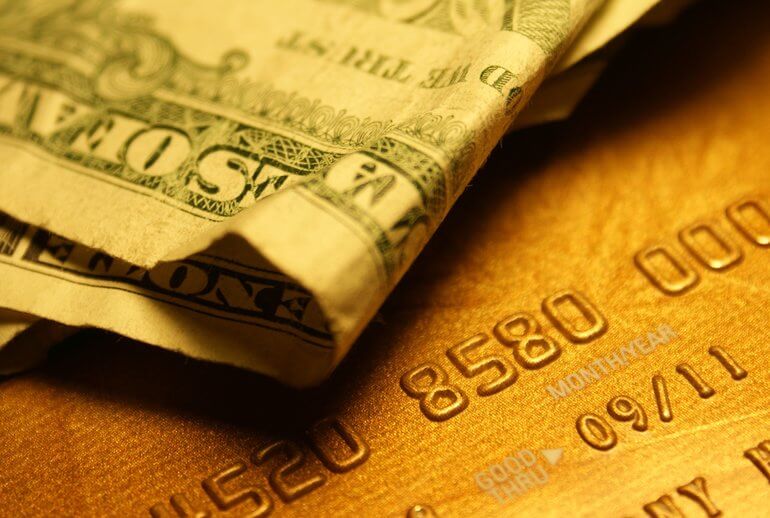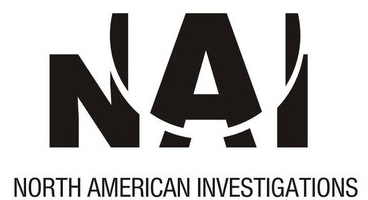
Counterfeiting isn’t the same thing as stealing. Yes, both acts are rooted in fraud, but counterfeiting, unlike stealing, requires particular skill, refinement, and flair.
Anyone can steal, but to pull off a successful counterfeiting job, criminals need to be quite skilled. The best counterfeiters are so talented that they’re sometimes able to pull off copies better than the original.
Counterfeiters copy everything from paintings to passports. But one of the hardest tasks to pull off is counterfeiting currency. Thanks to the advancements in security measures, replicating currency is difficult. However, that hasn’t stopped some from trying. Based on skill, audacity, and sheer achievement, the following are two of the biggest currency counterfeiting cases in recent times.
Albert Talton
A graduate of electrical engineering school, Albert Talton was always fascinated with machines. For instance, in 1987, when he stumbled across a new Bose speaker system, he took it apart and built his own version, which was even better. However, Talton’s biggest achievement was counterfeiting up to seven million dollars in fake 100-dollar notes. And he did it all from his home.
It all started in 2004, when he was shown a fake $50 bill. Unimpressed, Talton decided to see if he could create something better. His first attempts weren’t very good. Using a $150 Hewlett-Packard printer, he tried reprinting the bills on regular paper, but the results were fuzzy and obviously fake. He fixed this by sharpening the image with a computer.
However, beyond this, he had a larger problem. Genuine U.S. notes have a security feature that gives bills a yellow glow when lit with a detection light. Normal paper doesn’t have the same response. Despite his efforts, all the notes he tried turned up black or brown under the detection light.
Talton was stumped with this problem until, one day, he tried the light out on a roll of tissue and found that it lit yellow. Instead of regular paper, the secret, as he discovered, was using newsprint.
Elated, Talton went about refining his counterfeiting fraud. Instead of scanning the images and printing them out on a single piece of paper, like an average counterfeiter would do, he chose the harder approach of a printing the images on two separate sheets of newsprint paper. This way, he could print imitations of the security features found in a note (such as the watermarks and security strips) on the reverse side of one of the bills and then glue the sheets together, creating a realistic-looking note.
But he didn’t stop there. To protect the integrity of his forgeries, he also sprayed each of them with hair spray to introduce the waxy texture found on original notes.
As far counterfeiting efforts go, it was a daring and elaborate fraud. However, Talton made some rookie mistakes, the most important of which was that he made all of his copies from the same scan. This meant that all the bills had the same alphanumeric code, making them easy to identify as fake.
It didn’t take long before the U.S. Secret Service caught onto the fact that there was a large counterfeiting operation in existence. Talton also made the basic mistake of revealing his identity to too many people. That would eventually be his downfall.
Talton wasn’t caught immediately. It took five years before the authorities were able to track down someone with the bills who then led them to Talton’s home. On the day he was arrested, Talton had $162,000 in finished notes, and nearly $1.4 million in unfinished fake bills. His guilt couldn’t be more clear-cut.
Anatasios Arnaouti
Born in 1967, Anatasios Arnaouti was raised in Manchester, England. Despite his British origins, Anatasios had no problem counterfeiting the dollar. In 2000, as part of a seven-man gang, Arnaouti began the production of counterfeit pound notes and dollar bills. The currency was described as some of the best dollar forgeries that the Bank of England had ever seen.
To hide their illegal activities, the gang worked from an ordinary printing firm in Ashton-under-Lyne. It’s unclear how many counterfeited notes Arnaouti’s operation produced before the gang was caught. According to claims from one member, at some point, the factory was capable of printing up to $500,000 each day.
Arnaouti’s counterfeits were good, but hardly perfect. However, the gang devised an effective way to circulate them that made them difficult to catch.
In 2002, after combined efforts involving the U.S. Secret Service and the U.K. National Crime Squad, the operation was uncovered. But while the law enforcement agencies were secretly building a case, the BBC ran an undercover documentary exposing the operation.
In a bid to increase the speed at which they circulated their false currency, Arnaouti’s gang had begun to search for people interested in buying fake notes. Their search drew the attention of the BBC, who infiltrated the operation. A fake team of “buyers” infiltrated the factory and filmed the parties involved, as well as the actual printing operation. The documentary put the nail in Arnaouti’s coffin, helping the government build an ironclad case against him and his accomplices.
At the time of the arrest, the gang had a stash of fake $100 bills worth $3.5 million and fake £10 notes valued at over £2.5 million. Arnaouti’s operation had the potential of crippling the economies of both countries. In 2005, Arnaouti was sentenced eight years in prison.
The Bottom Line
Although counterfeiting has become a lot more difficult, counterfeiters still exist. In the end, no bill can ever be completely counterfeit-proof, hence why counterfeiting still happens and criminals still get caught to this day.



